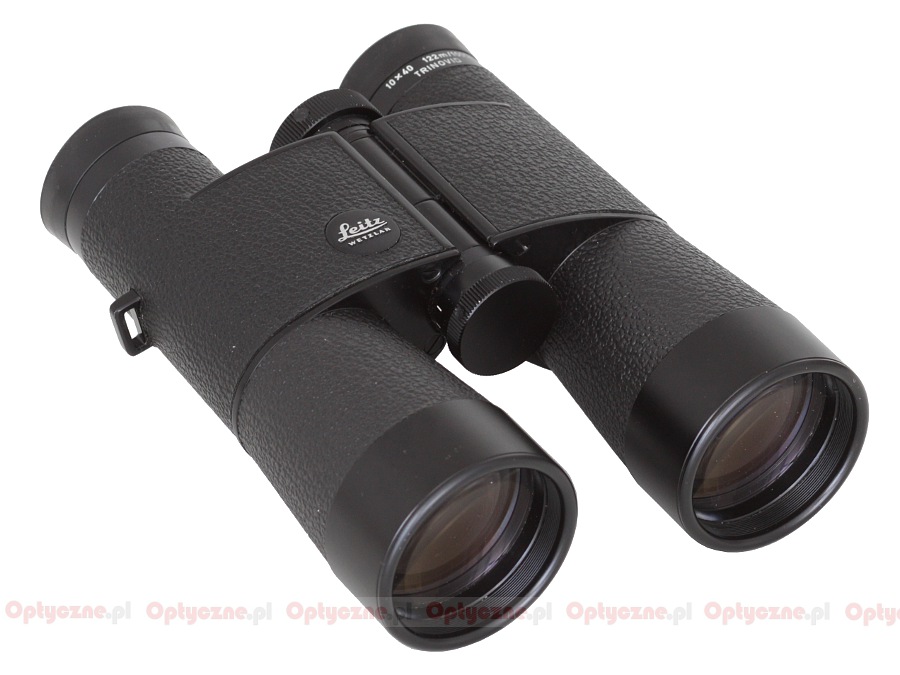
The desirable amount of magnification depends upon the intended application, and in most binoculars is a permanent, non-adjustable feature of the device (zoom binoculars are the exception). A magnification factor of 7, for example, produces an image 7 times larger than the original seen from that distance. This gives the magnifying power of binoculars (sometimes expressed as "diameters"). Given as the first number in a binocular description (e.g., 7x35, 8x50), magnification is the ratio of the focal length of the objective divided by the focal length of the eyepiece. These different designs require certain optical parameters which may be listed on the prism cover plate of the binoculars. Parameters listed on the prism cover plate describing 7 power magnification binoculars with a 50 mm objective diameter and a 372 foot (113 m) field of view at 1,000 yards (910 m)īinoculars are usually designed for specific applications. The fixed alignment in roof-prism designs means the binoculars normally will not need re-collimation.

Porro prisms binoculars occasionally need their prism sets to be re-aligned to bring them into collimation. This adds to their expense since the design requires them to use fixed elements that need to be set at a high degree of collimation at the factory. Roof-prisms designs also require tighter tolerances for alignment of their optical elements ( collimation). Porro-prism binoculars will inherently produce a brighter image than Schmidt-Pechan roof-prism binoculars of the same magnification, objective size, and optical quality, because this roof-prism design employs silvered surfaces that reduce light transmission by 12% to 15%. There is also a difference in image brightness. Roof-prisms designs create an instrument that is narrower and more compact than Porro prisms.

They have objective lenses that are approximately in a line with the eyepieces. Most roof prism binoculars use either the Abbe-Koenig prism (named after Ernst Karl Abbe and Albert Koenig and patented by Carl Zeiss in 1905) or the Schmidt-Pechan prism (invented in 1899) designs to erect the image and fold the optical path. In 1897 Moritz Hensoldt began marketing roof prism binoculars. Since the Keplerian configuration produces an inverted image, different methods are used to turn the image right way up.īinoculars with Schmidt-Pechan "roof" prismsīinoculars using roof prisms may have appeared as early as the 1870s in a design by Achille Victor Emile Daubresse. These are typically mounted on an eyeglass frame or custom-fit onto eyeglasses.Īn improved image and higher magnification is achieved in binoculars employing Keplerian optics, where the image formed by the objective lens is viewed through a positive eyepiece lens (ocular). They also have large exit pupils, making centering less critical, and the narrow field of view works well in those applications. The Galilean design is also used in low magnification binocular surgical and jewelers' loupes because they can be very short and produce an upright image without extra or unusual erecting optics, reducing expense and overall weight. This type of construction is still used in very cheap models and in opera glasses or theater glasses.

The Galilean design has the advantage of presenting an erect image but has a narrow field of view and is not capable of very high magnification. Most early binoculars used Galilean optics that is, they used a convex objective and a concave eyepiece lens. Almost from the invention of the telescope in the 17th century the advantages of mounting two of them side by side for binocular vision seems to have been explored.


 0 kommentar(er)
0 kommentar(er)
